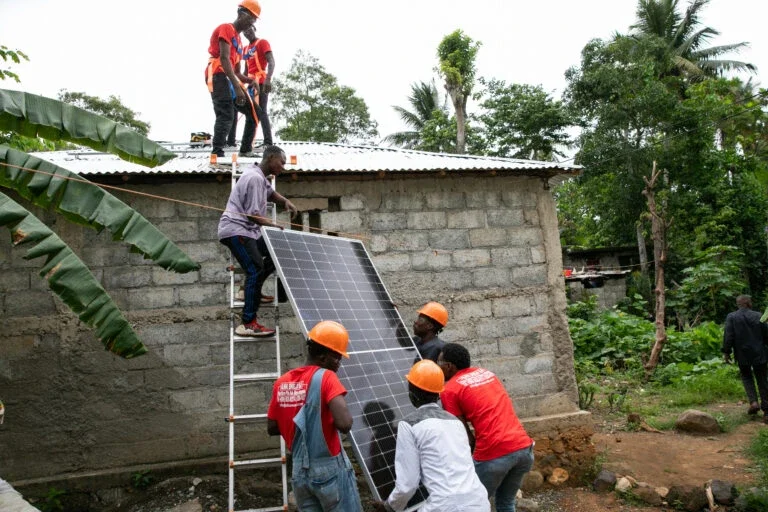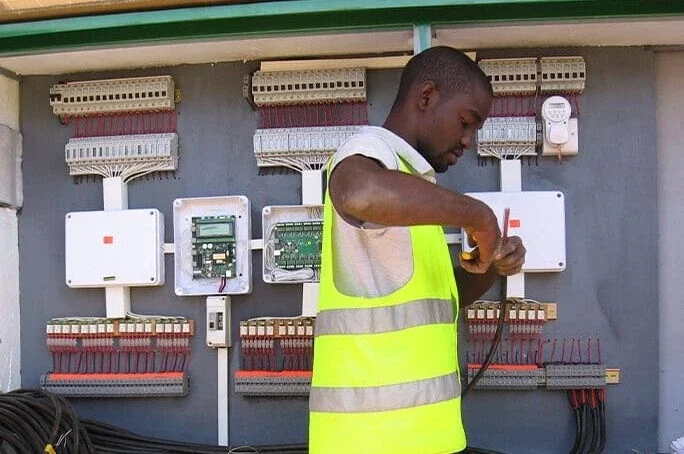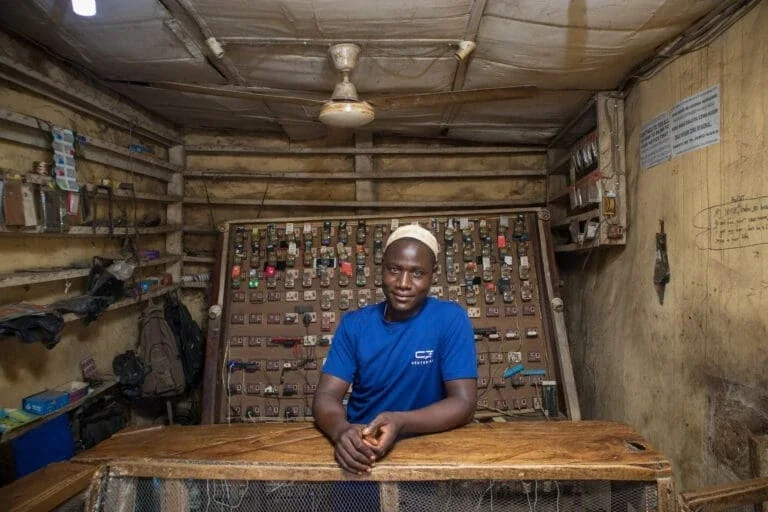Here’s what we’ve done:
Defined the projects. The World Bank and AfDB identified over 150 projects to achieve the goal of getting electricity to 300 million Africans by 2030.
Built out the partnership model. The way the banks are collaborating with one another and with outside partners is unprecedented. The Mission 300 partners interact all day, every day, through technical working groups, leadership coordination groups, joint communications and fundraising teams, and of course through emails, WhatsApp and phone calls. The collaboration is seamless, and the level of trust and sense of shared accountability is remarkable. The banks see the value that partners bring. We do things they can’t, and we do them fast. We are not operating as five different organizations but as one team.
Committed resources. The World Bank and the AfDB committed $30 to 40 billion over the next 5 years of inexpensive financing to Mission 300, while other partners like the Asian Infrastructure Investment Bank (AIIB), the Islamic Development Bank, the OPEC Fund for Development, and the French government collectively committed another $6 billion. From the philanthropy side, The Rockefeller Foundation, the RF Catalytic Capital Mission 300 Accelerator, and the Global Energy Alliance have collectively committed over $60 million to support projects and implementation. There is little red tape. Of course, we need more money, particularly donor funding and philanthropic grant capital to help push the projects across the finish line; but there are real, new, and large amounts of money going into ensuring that Mission 300 succeeds.
Secured government buy-in. In January, Mission 300 brought together 27 heads of state at a summit in Dar Es Salaam, Tanzania, where they committed through a joint declaration to support the initiative. Twelve countries entered into detailed National Energy Compacts, laying out how they will provide electricity to their people and advance reforms in 5 areas: improving power generation, transmission, and distribution; promoting cross-border power trading; increasing the number of electrical connections and people using clean cooking; improving the investment climate; and working towards profitable utilities. This week, we expect 17 more governments to enter Compacts, and by year’s end, we anticipate more than 30 total.
Listened and responded to civil society and the private sector. Each Compact has undergone a rigorous feedback and review process, bringing in civil society, the private sector and other partners to weigh in on what reforms the compacts should prioritize. Companies are best positioned to advise governments on what reforms will incentivize investment. During one feedback session, a government even agreed to revise its compact to include a company’s project that had been inadvertently omitted from the first draft. We’ve also engaged youth organizations like YES, who know that achieving Mission 300 is the only way that Africa’s growing population will have productive jobs.
Above all, Mission 300 only succeeds if the private sector invests. Half the electrical connections will come from off-grid projects like mini-grids and stand-alone solar home systems — projects developed by businesses. We have a constant feedback loop with the private sector. We’ve convened many closed-door roundtables with companies and, more frequently, just pick up the phone and ask companies what they think we need to succeed. Then, we take action. For example, companies in the distributed renewable energy space told us that they need investment that will help bring down their costs so they can rapidly scale and roll out hundreds or thousands of mini-grids per year. In response, Mission 300 (with the International Finance Corporation in the lead) established Project Zafiri, a $300 million equity vehicle. Similarly, the Mission 300 Accelerator recently provided emergency support to the smart metering non-profit industry after learning that 1 million Africans suddenly could potentially lose access to electricity due to company’s wind down.
Staffing for success. Mission 300 partnership is keeping its work on track by ensuring that governments have enough staff and the right kind of expertise — and that African professionals are leading the charge. Accordingly, we are providing technical assistance support to Compact Delivery and Monitoring Units (CDMUs), prioritizing the hiring of local talent. The CDMUs are dedicated teams, embedded within the government, pushing for accelerated delivery.
To support them, we supported the launch of ODI Global Washington’s Mission 300 Fellowship, with 15 early-career African professionals who soon will deploy to support the CDMUs for two years. Finally, we funded the Mission 300 Expert Roster in partnership with Allied Talent Partners to provide CDMUs with specialized, short-term expertise.



